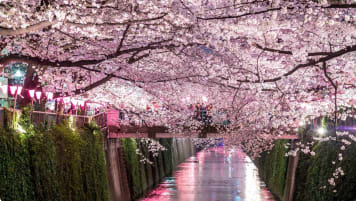The last Samurai; a story for small group travellers to Japan.
Saigo Takomori, story, the last Samurai is part of the history discovered on a small group package tour to Japan for mature and senior travellers. For couples and singles a study in Japanese culture, from Shoguns to Cherry blossom to the antics of Astro boy or the tea ceremony.
27 Jun 20 · 4 mins read

The Real Last Samurai, Saigo Takamori
When Commodore Matthew Perry entered the harbour of Edo (Tokyo) in 1853 he carried with him a letter from the American President asking Japan to end their isolationist policies and enter onto the world stage. Japan, for hundreds of years, had successfully kept out much of the western influence preferring to maintain their society and politics free from outside interference. Perry’s fleet and its formidable weaponry nevertheless convinced Japan that the opening of their ports to foreign trade would prove beneficial to the nation as a whole.
For a traveller participating on a small group Japan tour package the history of Japan is fascinating and is an integral part of that experience when on vacation in this part of Asia. The story of Saigo Takomori and the opportunity to discover the influence on the modernisation of Japan is a great contributor to that journey. These package tours are for mature and senior travellers with a reasonable level of fitness, appealing to couples and the single traveller.
The Treaty of Kanagawa and the boy emperor.
The Treaty of Kanagawa was signed and Japan, effectively ruled for the most part, by the military arm of the government, the shogunate since very early in the 17th century, began to look to the future beyond such control. Opposition leaders, with assistance from a court aristocrat were able to have an imperial decree delivered that finally abolished the Tokugawa shogunate. This imperial authority allowed them to occupy the palace in what was called a restoration of imperial power. The fifteen-year old Emperor Mutsuhito, who had come to the throne after the suspicious death of his father Komei, was now in charge or so to speak. When Mutsuhito died in 1912 his government became known as the Meiji government (rule by the enlightened), and the reinstatement of his position as the Meiji Restoration, heralding the end of the rule and age of the shoguns.
Saigo Takamori the rebel for reform.
It would be difficult for any fifteen-year old no matter how enlightened to undertake the ruling of a nation such as Japan without advisors. Therefore a team, mostly samurai, was put together to ‘assist’ with decision-making and reform. One of the team, a Satsuma daimyo Saigo Takamori is now seen to have embodied the crisis facing Japan as it moved towards modernization. Saigo fought on the side of the Emperor, occupying Edo in 1868 to help defeat ardent supporters of the shogunate. Once successful, the ancient system of military government, the Tokugawa bakufu was dismantled. The reforms and proposed changes immediately divided the samurai, the warrior class, as some believed in a more modern vision for their country while others felt that this marked the end of their very way of life and traditional samurai values.
Takamori left Edo and returned home to Satsuma. He came back later at the Emperor’s request taking up a position as a commander in the newly formed Imperial Guard. His prowess as a warrior and the trust the Emperor Meiji placed in him as one of his first and closest advisors meant that Saigo’s loyalty left him unable to refuse. Many within the capital had already rapidly adjusted to the new ways, with Western dress common and even required for certain positions. The traditional warrior in Saigo would not allow him to conform, preferring to continue to wear his geta (sandals) and samurai attire.
The reforms continued with all feudal lands now passing into the hands of the government. By creating the Japanese Imperial Army and introducing conscription the need for the military service of the samurai became redundant. Without a means of income, a great number of the previously wealthy samurai fell into poverty, their status and prestige rapidly disappearing. Most felt they were on the same level as the lowly peasants they once controlled.
In 1871, a law was enacted that directed the samurai class to begin to wear their hair in a western style, that is, minus their distinctive topknot (chonmage). Saigo had resigned himself to the fact that modernisation for Japan was unavoidable but he hoped to add a renewed sense of worth to the samurai. He proposed military action against Korea fighting alongside the imperial force but this was very quickly rejected. Soon after, the samurai were stopped from carrying their weapons in public, a source of great discontent for this former warrior group. Despondent, Saigo once again returned to Satsuma and established a training facility. Within less than a year the academy began to appear to the government as suspiciously too popular, with upwards of 20,000 young samurai in attendance.
It is not clear if Saigo was actually preparing a samurai rebellion, but when imperial troops attempted to force the Satsuma warriors to disarm and disperse, rebel they did. The Satsuma Rebellion of 1877, led by Saigo Takamori, was an armed conflict against pro-government forces. After years of foment, Saigo easily assembled over 40,000 men and in a major battle at Kumamoto went against the Emperor’s army and the imperial government. His force, destroyed by the Japanese Army and their modern weapons, left Saigo with only a few men. Rather than suffer the humiliation of capture they returned to their base in Kagoshima to commit suicide (seppuku), although there have been a number of more poignant legends surrounding his death.
Tom Cruise’s epic movie, The Last Samurai, is loosely based around the upheaval in the Imperial court and the conflict between the traditional and the modern. Saigo and his traditional values likely inspired the movie character, the warlord Katsumoto Moritsugu. With the Satsuma Rebellion, and in the movie, we saw final appearance of samurai warriors, samurai tradition and true bushido (way of life) in the battlefield.
People often refer to Saigo as ‘the last samurai’ as he struggled to come to terms with a changing Japan. If you have the chance to visit Ueno Park in Tokyo you will find a bronze statue of Saigo Takamori standing proudly carrying his katana(sword). The Saigo Takamori statue celebrates Saigo’s life. The Meiji government pardoned Saigo just twelve years after his failed insurrection and stand to maintain the traditions of ancient Japan. The grave of this popular historical and cultural icon can be found in Kagoshima City, Kagoshima Prefecture in the Nanshu Cemetery.
External articles on Japan’s Samurai.
Selected small group package tours of Japan
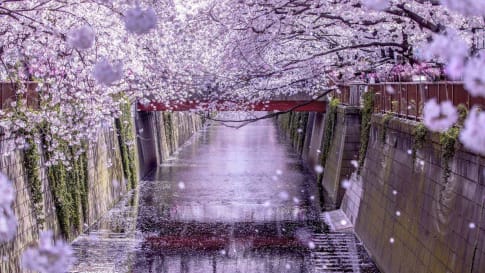
12 days
Sep, MarJapan Odyssey - Small Group Tours for Mature Travellers
Visiting Japan
During this small group program we encounter history from ancient periods; religions such as Buddhism and Shintoism; the philosophy of the people through visits to world renowned temples and shrines; and old towns full of ancient legends of Samurai and more in Japan. Together we, as mature and senior couples or solo travellers will share some traditions which the Japanese have inherited. A variety of sites including UNESCO World Heritage sites, has been chosen for this tour, all filled with clues such as Hanami or forest bathing to understand the essence of Japan including astro boy.
From A$15,450 AUD
View Tour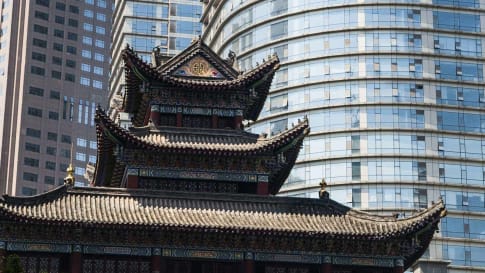
21 days
OctContemporary Japan | Small Group Tour
Visiting Japan
This small group tour organised by Odyssey Traveller, Contemporary Japan, will take you through modern life in this East Asian jewel. This contemporary tour for couples and solo travellers is an expedition through Japan’s major urban areas, beginning and ending in Japan’s tantalising capital, Tokyo. For the first 12 days we get our fill of Tokyo fashion, technology, culture, and sights.
From A$19,625 AUD
View Tour
14 days
Oct, MayWalking Japan | Small Group Tour
Visiting Japan
Escorted small group tour, Walking Japan, for mature and senior couples and solo travellers, a walking program traces the journey of 17th century Japanese poet and haiku master, Matsuo Basho. We walk in his footsteps on this 13-day journey around the northeast Tohoku region of Japan.
From A$12,715 AUD
View TourArticles about Japan

10 Books on Japan | A Guide for Senior Travellers
Tours of Japan Visiting Japan, a land of dazzling contradictions, is an unforgettable experience. High-tech cities harbour relics of a fascinating past. Futuristic fashion and gadgets share the streets with evidence of deeply held traditions.…

Forest Bathing in Japan
Forest Bathing in Japan Much has changed since we last wrote about shinrin-yoku or forest bathing in 2017 (you can read the original article after this introduction) as the movement has gained considerable momentum in…
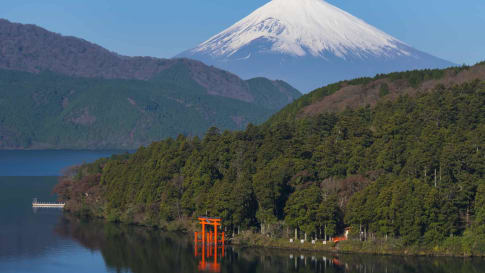
Hakone National Park, Japan
Hakone National Park, Japan The Hakone National Park is part of the sprawling Fuji-Hakone-Izu National Park, which also includes Mount Fuji, Fuji Five Lakes (including Lake Kawaguchiko near the iconic peak), the Izu Peninsula, and…
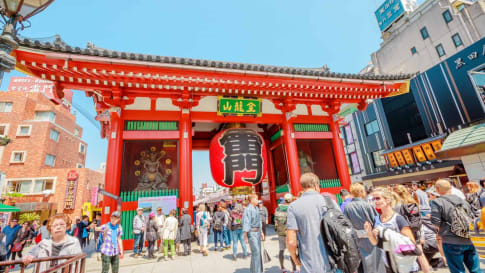
History of Tokyo
A Short History of Tokyo Shibuya Crossing in Tokyo, the busiest intersection in the Japanese metropolis The history of Tokyo is intimately intertwined with that of Japan’s. In this article, we’ll explore Tokyo’s history from…
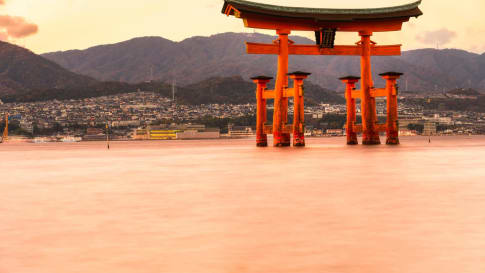
The Shoguns of Japan: An Introduction to Six Centuries of Japanese Cultural Evolution
The Shoguns of Japan: An Introduction to Six Centuries of Japanese Cultural Evolution From 1192 to 1867, Japan was ruled by military dictators called the shogun. The civil government continued under the imperial court in Kyoto,…

Japan travel tips - a guide for mature travellers
Japan travel tips – a guide for mature travellers This article is a guide for mature leisure travellers who are considering their first visit to Japan. Visiting Japan, a land of dazzling contradictions, is an…
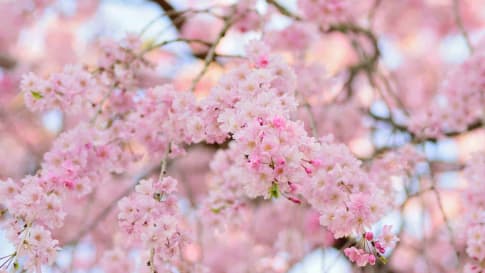
Japanese hanami: celebrating the cherry blossom
Japanese hanami: celebrating the cherry blossom The cherry blossoms of Japan are known to admirers the world over. But their brief, beautiful season is not just a draw for international travellers. Japanese people celebrate this…
